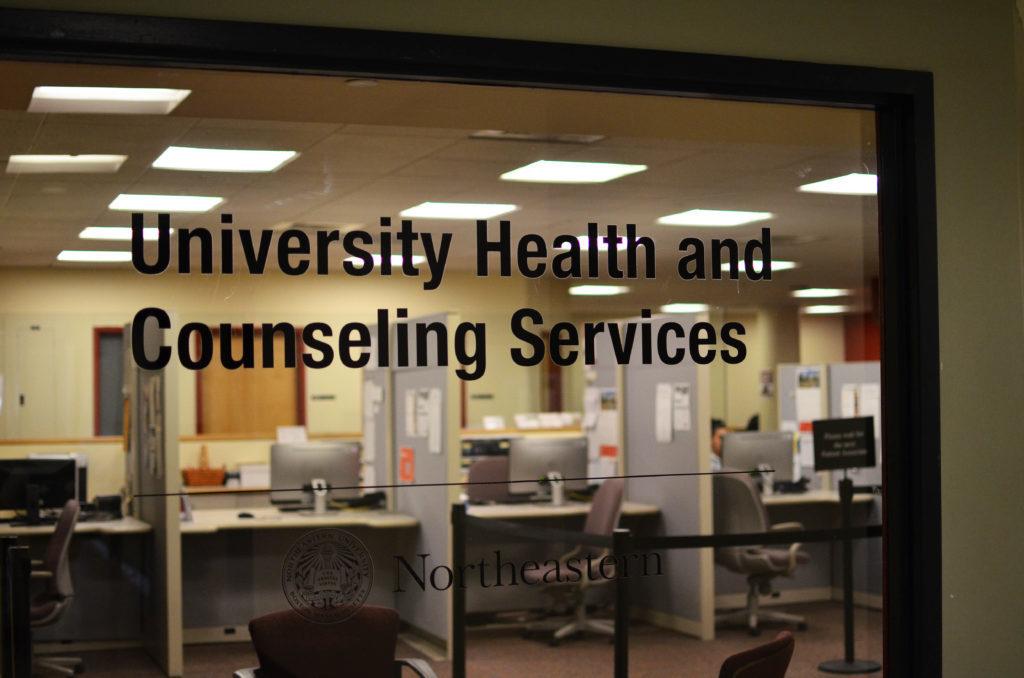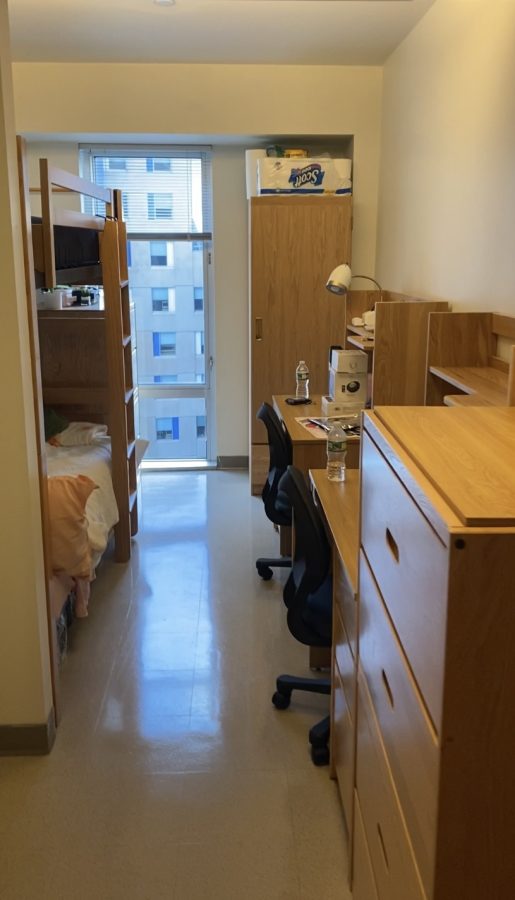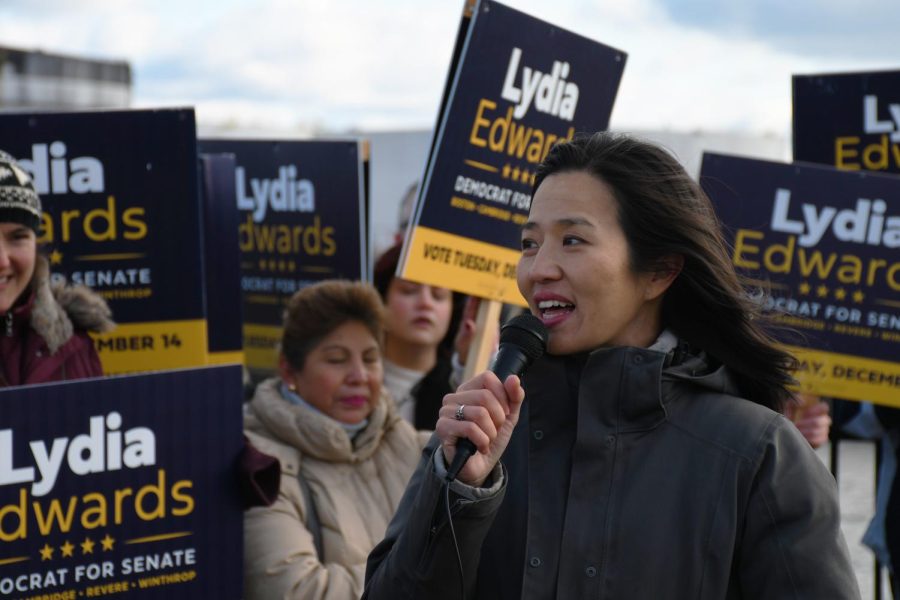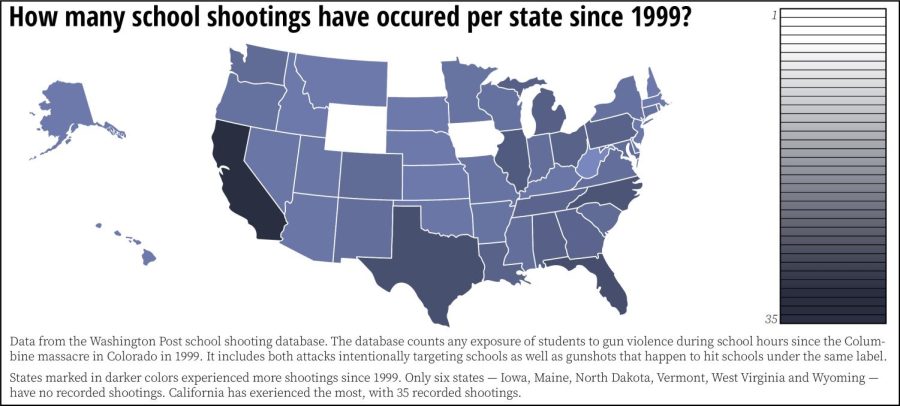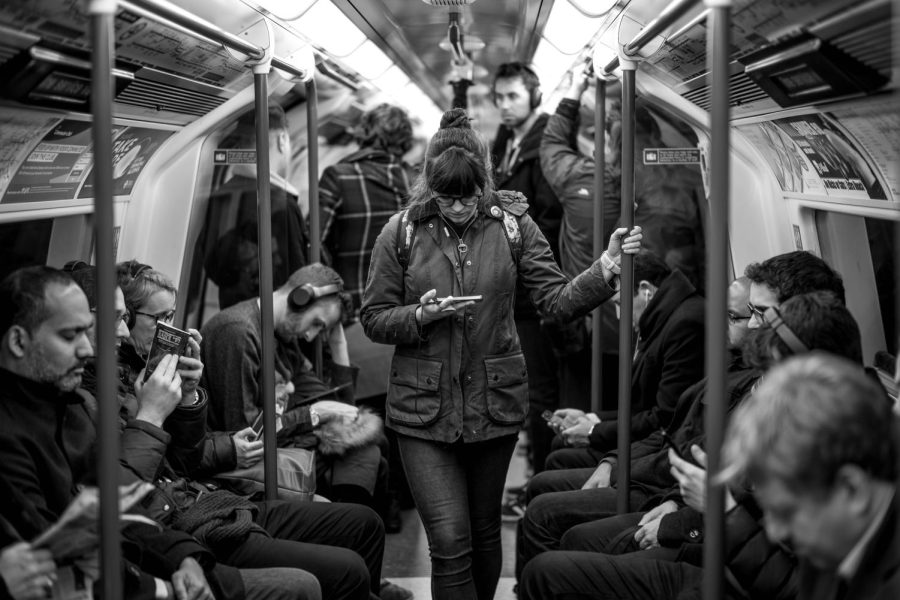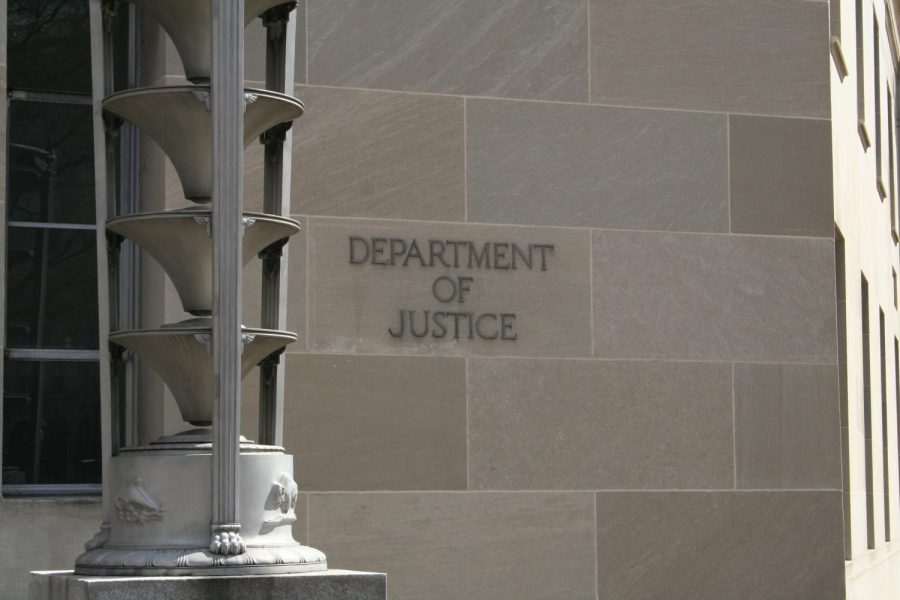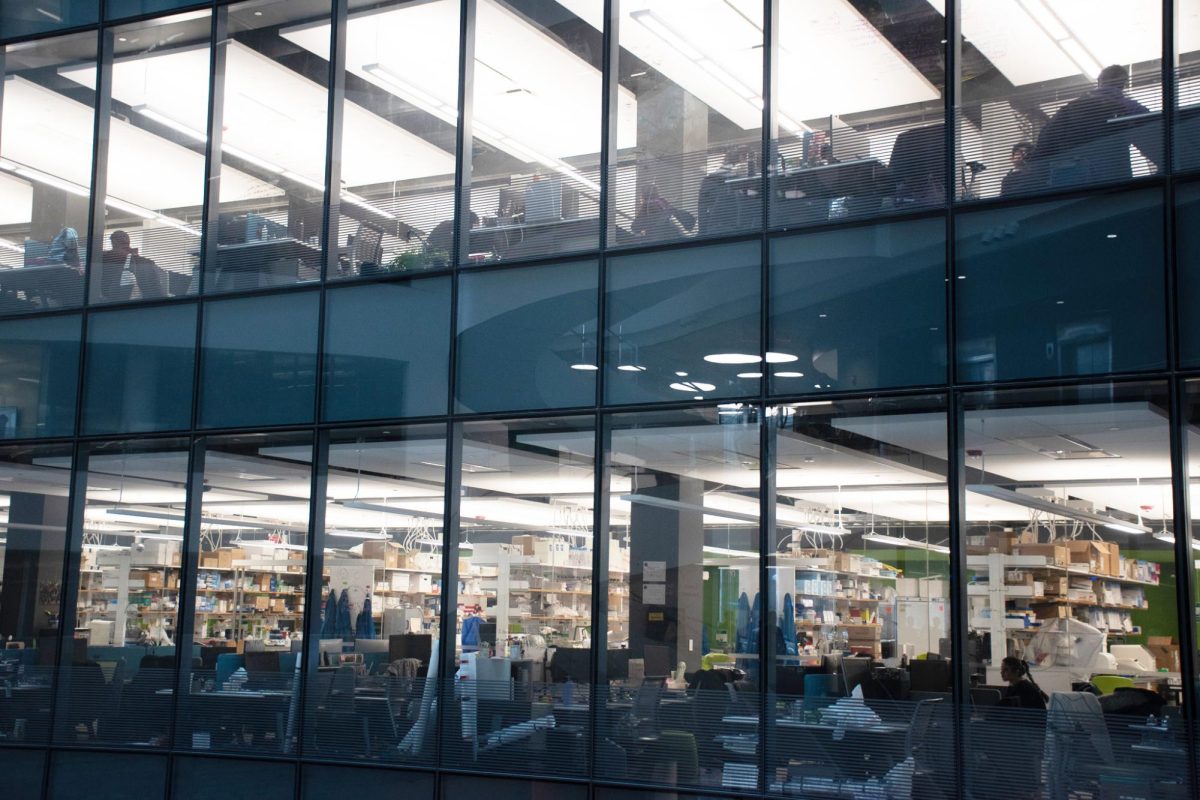By Jasmine Heyward
According to the International Association of Counseling Services, a university should have one counselor for every 1,000 to 1,500 students. Northeastern currently has 17,000 undergraduate students enrolled, and only eight counselors working in University Health and Counseling Services office according to the UHCS website. This means there is one counselor for every 2,125 students, well below that recommended range. Northeastern should have 11 counselors at the absolute minimum.
UHCS did not comment on this because UHCS doesn’t speak to student journalists.
While discussing this with Student Body President Suchira Sharma, I was reminded of some interviews I did for a class assignment last year. I was writing about depression and anxiety on college campuses, and spoke with several Northeastern students about their experiences. The one thing they had in common? Each had come up with unique coping methods (some healthy, some not) because Northeastern’s resources weren’t accessible when they needed them.
As Northeastern students, we are fortunate to go to a school that is well-funded. A quick walk through the Interdisciplinary Science and Engineering Complex on Columbus Avenue shows that this university is invested in being on the forefront of advancement and discovery.
So why isn’t the university interested in making sure students are healthy and thriving enough to reap the benefits?
Every student I spoke to told me it often takes more than a month to get a counseling appointment with UHCS. I was also told that even emergency walk-in appointments can have a wait of more than 30 minutes. These are the appointments that the UHCS website recommends for students feeling “intense distress or hopelessness” or “unable to function as a student.” Walk-in physical appointments can leave students waiting for hours.
Northeastern thrives on good press. The university loves to talk about the student who traveled the world while adding organizations like the UK Parliament to their resume, or the friends whose app is changing community engagement. These are amazing accomplishments and the students involved should be proud. The university is right to celebrate them, but how many students could have had similar accomplishments if they had more mental health support from the university and therefore would have better academic performance and more energy for pursuing opportunities?
Many students have given up on UHCS entirely. They sit on waiting lists until they can get therapy off-campus, if they can afford it. They start meditating or eating better or using escapism tactics like long sessions surfing the internet or playing games. Some turn to substance use. Students talk to trusted professors about how their mental health concerns impact their work or they accept that their classwork, GPA and access to opportunities at Northeastern will suffer.
Other schools in our area are doing better. I had the opportunity to speak with a counselor at UMass Boston last year. Each semester, UMass counselors table at wellness and activity fairs so that students know what resources are available to them before a crisis begins. They offer group therapy to marginalized groups that often feel like they’re not well represented in traditional therapy contexts. There is an on-call clinician that is accessible in 10 minutes or less.
As a public institution, UMass Boston has lower tuition than Northeastern. As a public institution, it doesn’t have the same funding or access to resources that Northeastern does. Yet these things happen because mental health is a priority.
At Northeastern, student wellness just isn’t important to policy-makers. The school needs to admit that. Then changes need to be made.
Photo by Robert Smith


